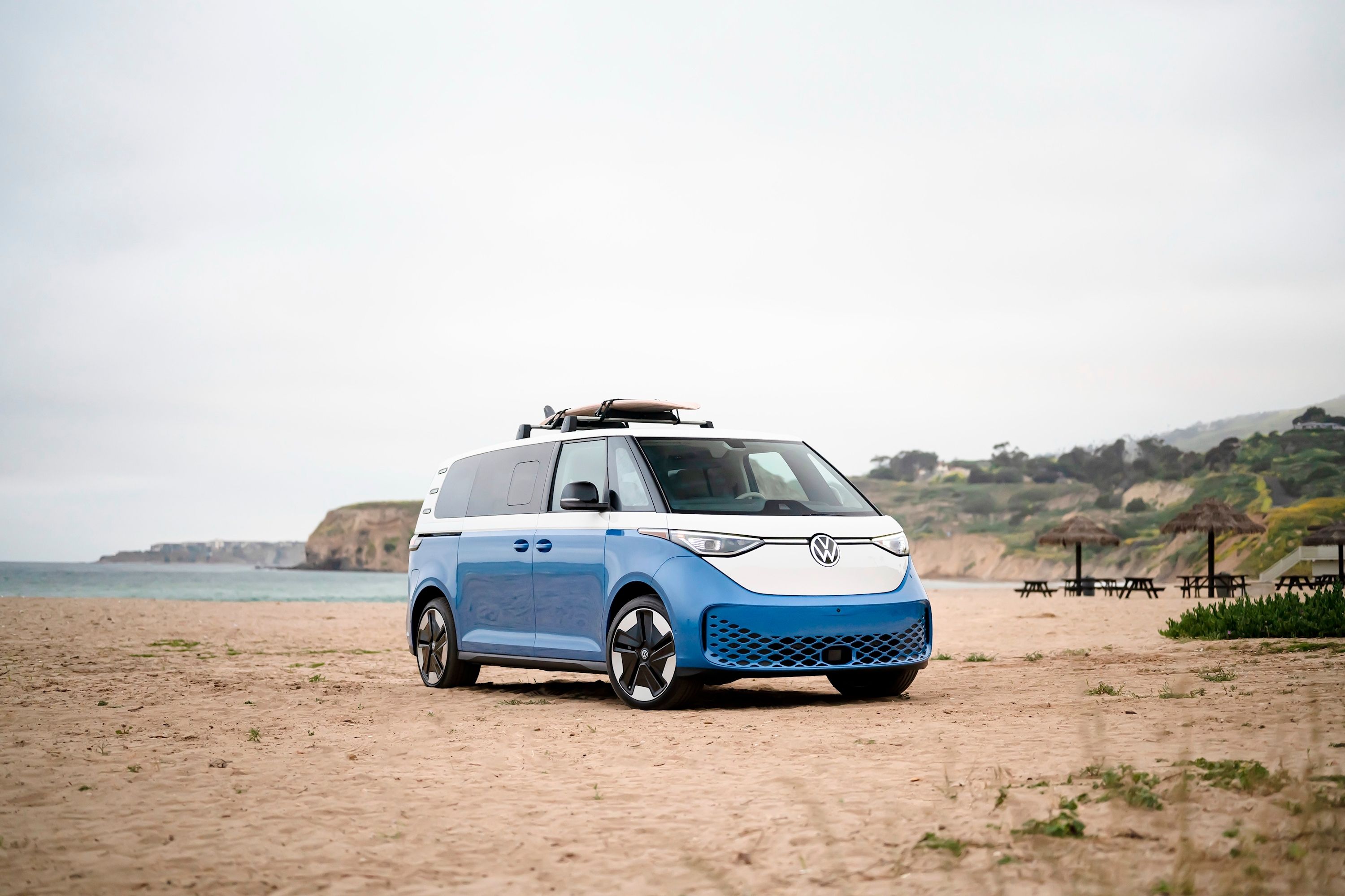
Next to the Beetle, it's hard to think of a vehicle that better defines the Volkswagen brand than the iconic Bus. Now, it's been electrified in the form of the ID. Buzz, and has been met with a good deal of hype. With a longer wheelbase version on its way to America, Volkswagen has given us a look at the process that went into creating the electric people carrier. The forty-minute documentary follows the Buzz's development from its roots in the Bulli van to the 2001 concept, to the car's unveiling.
The short documentary is also a fascinating look at the development process for a new model. While the Buzz might share some parts with the ID. 4, it's an almost totally new vehicle. VW had a film crew follow numerous aspects of the development process, all of which were kept entirely secret until the model's debut.
VW has been building vans for almost as long as the company itself has been around, and says that much of that accumulated knowledge was used throughout the development process, as well as to make the Buzz as efficient as possible. Much of that efficiency comes from the Buzz's shape, which results in a 0.285 drag coefficient. The brand used low-friction componentry to get that number, incorporating smoother underbody panels and a more efficient wheel design.
The film also covers much of the stress-testing we normally only see in spy photos. Engineers went to numerous locations, including the Nardo test track in Italy. There, engineers would create a negative pressure zone inside the cabin to suck dust into the car, removing various panels to find gaps in the car's structure. Those would then be patched, and the results noted for further development.
Next, engineers headed to Sweden to conduct cold-weather testing. There, like so many manufacturers, VW was able to learn much about the Buzz's worst-case range figures. Cold has a nasty way of eating into an electric car's range, as well as freezing up critical components. For example, some of the footage shows employees checking body panels for ice and debris after testing.
The Buzz's mirrors are another great inside look. VW tested the ID. Buzz in a cold chamber to see how long it would take for an iced-up outside mirror to clear off using the built-in heaters. The mirror was cooled to -20 degrees (it's unclear if VW meant Celsius or Fahrenheit) beforehand, with a target time of three minutes. Evidently, the target was hit or we wouldn't be sitting here talking about it.
VW also briefly mentions the restored Samba they converted into an electric vehicle using parts from the ID.3 and ID.4 at the start of the film. It's really more of a tie-in for the film, but you can read more on the EV Samba Bus here. Regardless, the film provides an interesting look at the development of new models and is absolutely worth a watch.
